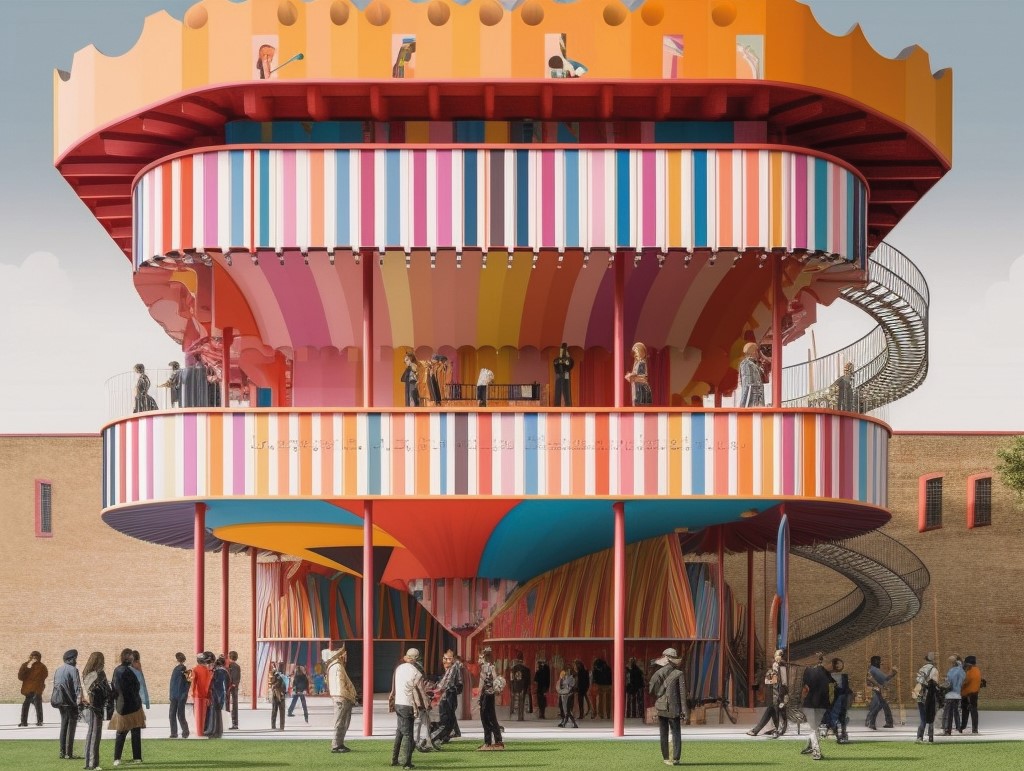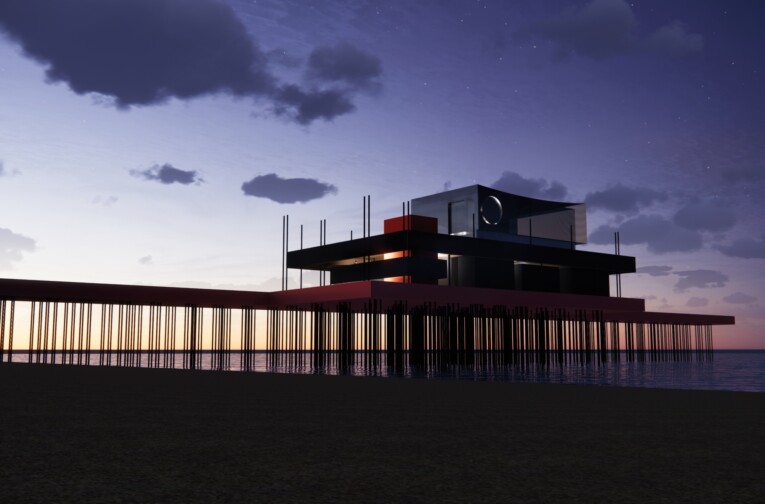A Building that Survives and Learns: An Evolving Approach to Adaptive Reuse
- | Alfie Stephenson-Boyles
Buildings need to live and adapt in order to survive
Sir Donald’s legacy exists in the buildings still with us today, which might otherwise have been lost. The principles underpinning his life’s work, his degrees of intervention, and the need for buildings to adapt to survive have enabled the continued use and enjoyment of some of the UK’s most important structures. Today, it is not only the lives of our buildings which are at stake, but the livelihoods, lives and futures of all of us; as we adapt to a changing and increasingly erratic climate, our buildings and the tools we use in their design and construction must adapt too.
New into old
Quality new design in sensitive historical environments has been a critical factor in the success and appeal of the Conwy studio’s 17 years, during which no listed building consent application has been refused. Our dedication to understanding what already exists – a building’s accrued or innate significance – and its dietary needs of thermal, physical, and environmental characteristics essential to its continuity, before we make our mark, whether visible or invisible, means that we have the privilege of being among the most
sought-after agents for change and continuity in the precious landscape of North Wales.
Newer, natural building technologies such as wood fibre insulation, limecrete floor slabs, prefabricated straw panels, and recent developments in design for disassembly along with circular economy principles are creating opportunities to bring positive change. They are, in many ways, a continuity in enabling the breathability and thermal comfort essential for traditional construction to survive whilst creating the possibility of increased performance necessary to reduce reliance on energy use. Similarly, the tools available to create and design are ever-increasingly automated, integrated and digital. And whilst Artificial Intelligence was recently deployed to test ideas for a new pier pavilion rapidly, there is still no substitute for the mighty pen.

Above image: Image created using Midjourney AI (image prompt). Using sources as diverse as Eric Ravilious’ murals, dazzle ships and the New London Fabulous Movement to generate concept proposals, Midjourney AI enabled unexpected and powerful images to guide discussion and ask: what if?
Continuity in the AI era
Artificial Intelligence relies entirely on the input of existing information and ideas – nothing new is created or destroyed, but simply changes its state. As we ready ourselves for change, one thing is striking: continuity and change are inextricable and essential. The best new solutions for our buildings are also best for their inhabitants, and vice versa. They are built mainly on natural technologies that have been available for millennia.
The conversation and our priorities, tools and skills are also shifting. By 2024, every studio will have a member who is either Passivhaus or retrofit certified, enabling us to marry best practice approaches to building conservation with the latest design methodologies and tools for a sustainable future. New design can offer the best opportunity for a historic building to remain in use and therefore in existence – the most sustainable building is not only the one which already exists, but the one which can continue to exist through creative adaptation, managed and planned change – the most sustainable building is the one which is living, which survives, and which learns.
Read the full 2023 Review here
